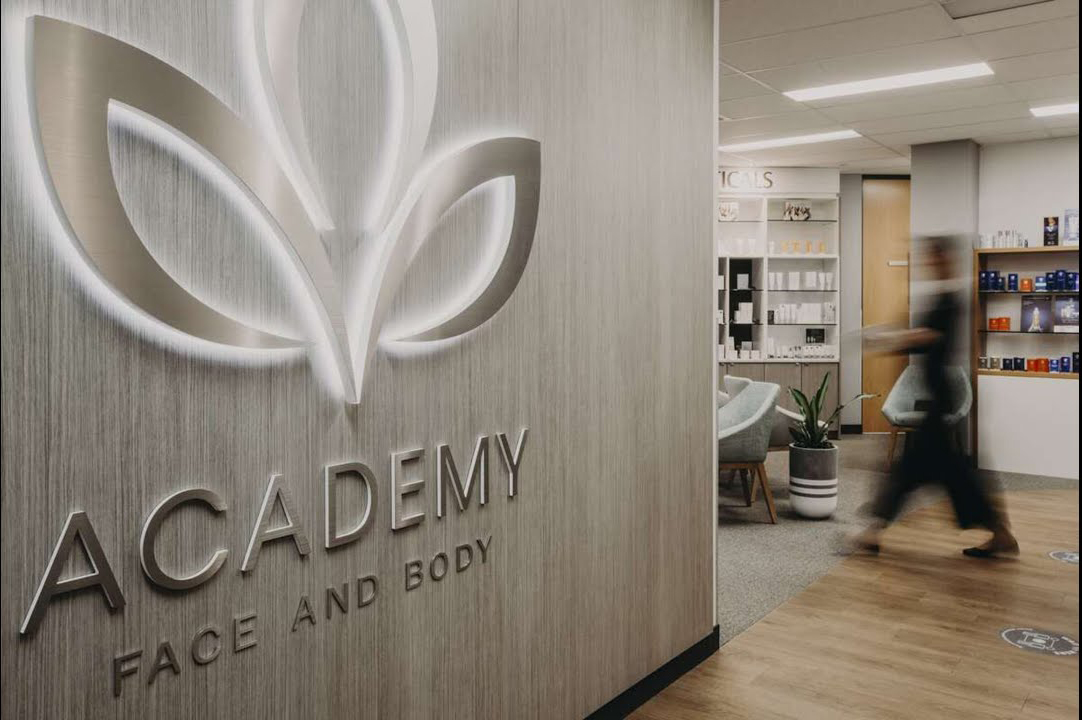Pores & Uneven Texture
Pores & Uneven Texture
oiler skin types
Pores and uneven texture is a common skin concern characterised by visible pores on the skin’s surface and an irregular texture.
Pores are small openings in the skin that release oil and sweat. When they become enlarged or congested with dirt, oil, or dead skin cells, they can appear more prominent. Uneven texture refers to irregularities in the skin’s surface, such as roughness, bumps, or visible lines, which can result from factors like ageing, sun damage, or improper skincare.
People with pores and uneven texture may notice their skin feels rough to the touch or looks uneven under different lighting conditions. This concern often affects areas like the nose, cheeks, and forehead.
Effective skincare routines for this issue typically involve gentle exfoliation to remove dead skin cells, using products that minimise pore appearance, and maintaining good hydration to support smoother skin texture.

At our Perth clinic, Academy Face and Body brings extensive expertise in facial aesthetic treatments, providing surgical, non-surgical, laser and dermal options tailored to diverse skin types and concerns. Commitment to skincare is crucial for maintaining skin health and addressing specific issues. Our dedicated team conducts thorough assessments to craft personalised treatment plans, ensuring your skin achieves its intended radiance.
WHAT are Pores & Uneven Texture?
Pores and uneven texture refer to irregularities on the skin’s surface that show visible pores, roughness, bumps, or an overall lack of smoothness. This condition can affect various areas of the face and sometimes other parts of the body, leading to concerns about skin aesthetics and texture.
CAUSES
Genetics and Ageing
Genetics play a significant role in determining pore size and skin texture. As we age, collagen and elastin production decrease, leading to loss of skin elasticity and firmness. This can cause pores to appear larger and skin to become less smooth.
Excessive Sebum Production
Overactive sebaceous glands can produce more oil than necessary, leading to clogged pores and acne formation. This contributes to a rough and uneven skin texture, especially in areas prone to oiliness such as the T-zone (forehead, nose, and chin).
Sun Damage
UV exposure can damage collagen fibres and elastin in the skin, leading to premature ageing and uneven texture. Prolonged sun exposure can also enlarge pores and cause skin to appear rough and uneven.
Poor Skincare Habits
Using harsh skincare products, not cleansing properly, or using products not suitable for your skin type can exacerbate pore size and contribute to uneven texture. Improper exfoliation or lack thereof can lead to a buildup of dead skin cells, making the skin appear rough.
Environmental Factors
Pollution, dirt, and debris can accumulate on the skin’s surface, clogging pores and contributing to an uneven texture over time.
Hormonal Changes
Fluctuations in hormone levels, such as during puberty, pregnancy, or menopause, can increase oil production and affect skin texture, including pore size and smoothness.
MANAGEMENT
Regular Cleansing
Gentle cleansing twice daily helps remove dirt, oil, and debris from the skin’s surface, preventing pore congestion and promoting smoother skin.
Exfoliation
Regular exfoliation helps remove dead skin cells, revealing smoother skin underneath. However, over-exfoliation can irritate the skin, so it’s important to follow your dermal technician’s advice.
Hydration
Proper hydration helps maintain skin elasticity and suppleness, reducing the appearance of pores and promoting a smoother texture.
Sun Protection
Using broad-spectrum sunscreen daily helps protect the skin from UV damage, which can worsen pore size and uneven texture.
Topical Treatments
Products containing retinoids, AHAs (alpha hydroxy acids), or BHAs (beta hydroxy acids) can help improve skin texture by promoting cell turnover and unclogging pores.
Professional Treatments
Procedures such as clinical peels, microdermabrasion, or laser treatments can be effective in improving skin texture and reducing pore size.
By addressing the underlying causes and adopting a consistent skincare routine tailored to your skin type, you can effectively manage pores and uneven texture, achieving smoother and healthier-looking skin over time.
RECOMMENDED
treatment options
At Academy Face and Body Clinic, treatments for pores and uneven skin texture usually include advanced skincare procedures tailored to improve skin texture and minimise pore size. Recommended treatments may involve:
Microdermabrasion
A non-invasive procedure that exfoliates and removes the outer layer of dead skin cells, promoting smoother skin texture and reducing the appearance of enlarged pores.
Chemical Peels
Customised chemical solutions applied to the skin to exfoliate the outer layer, improve cell turnover, and enhance skin tone and texture.
Laser Resurfacing
Laser technology that targets specific areas of the skin to stimulate collagen production, reduce pore size, and improve overall skin texture.
Microneedling
Tiny needles create micro-injuries in the skin, triggering collagen production and improving the appearance of pores and uneven texture over time.
Topical Treatments
Customised skincare products containing retinoids, antioxidants, and exfoliants to address pore congestion and uneven texture, recommended for ongoing maintenance.
These treatments are designed to be effective yet gentle, aiming to achieve smoother, more radiant skin while minimising pore visibility and enhancing overall skin health.

SIGNATURE FACIAL
SIGNATURE FACIAL
MORE INFO
LED LIGHT THERAPY
LED LIGHT THERAPY
MORE INFO
CLINICAL PEELS
CLINICAL PEELS
MORE INFO
DERMAMELAN
DERMAMELAN
MORE INFO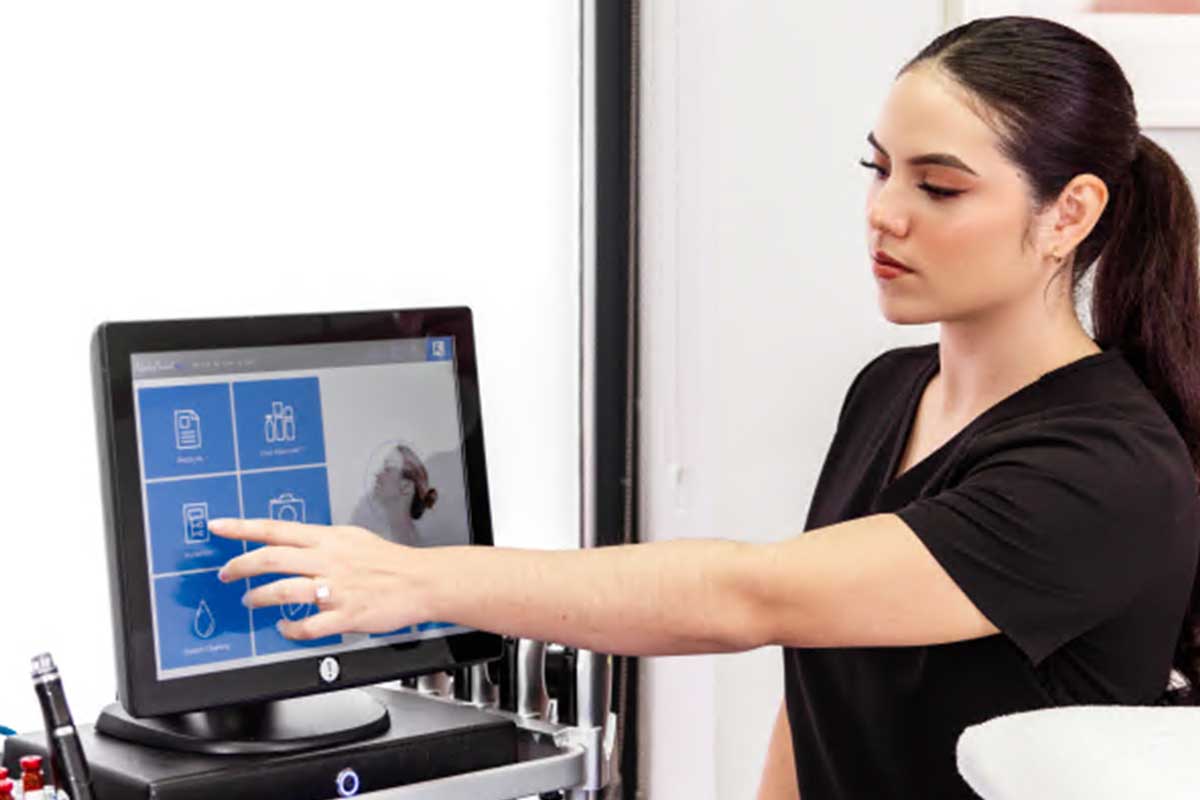
HYDRAFACIAL
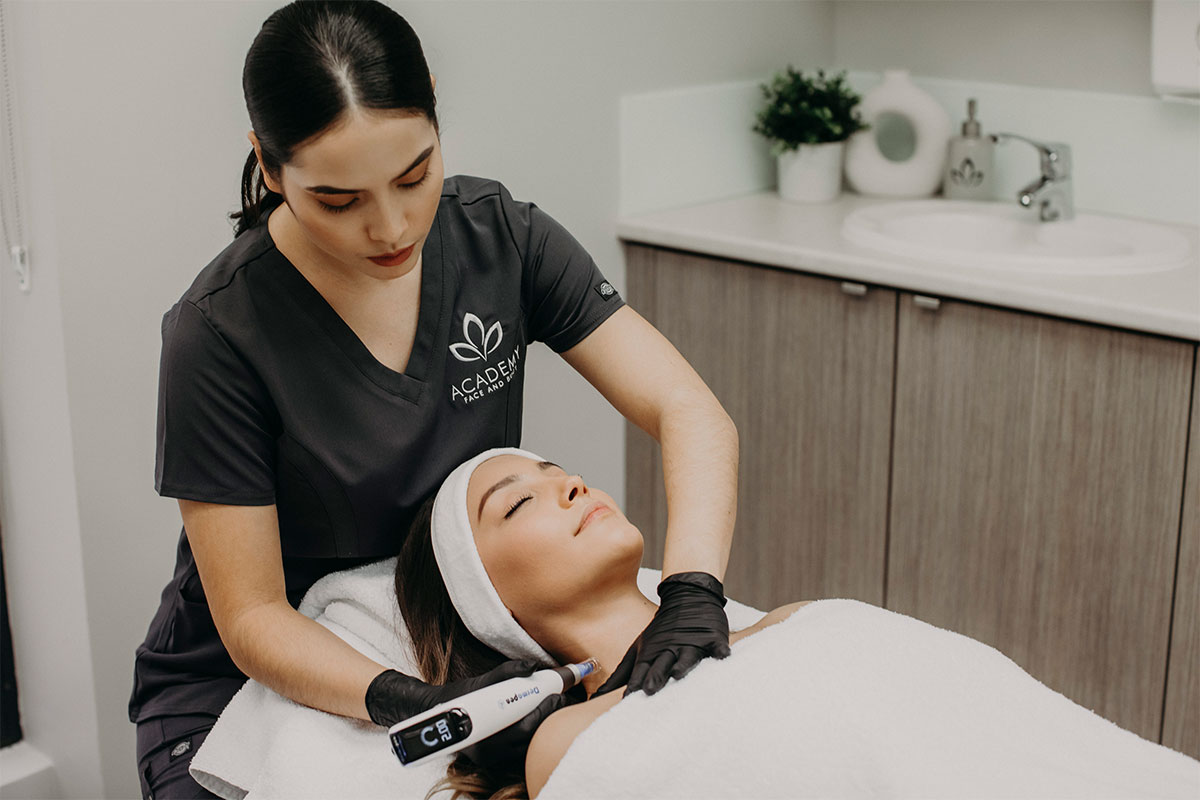
SKIN NEEDLING
SKIN NEEDLING
MORE INFO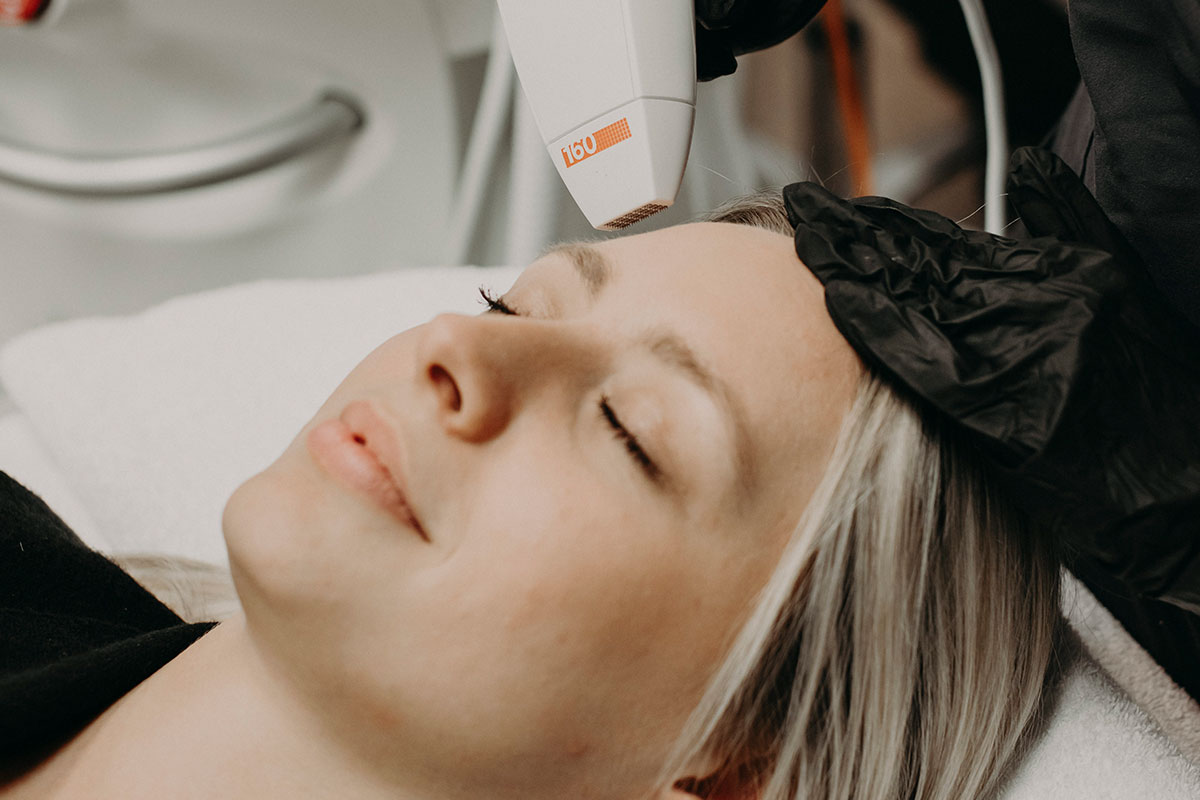
VIVA FRACTIONATED RF
VIVA FRACTIONATED RF
MORE INFO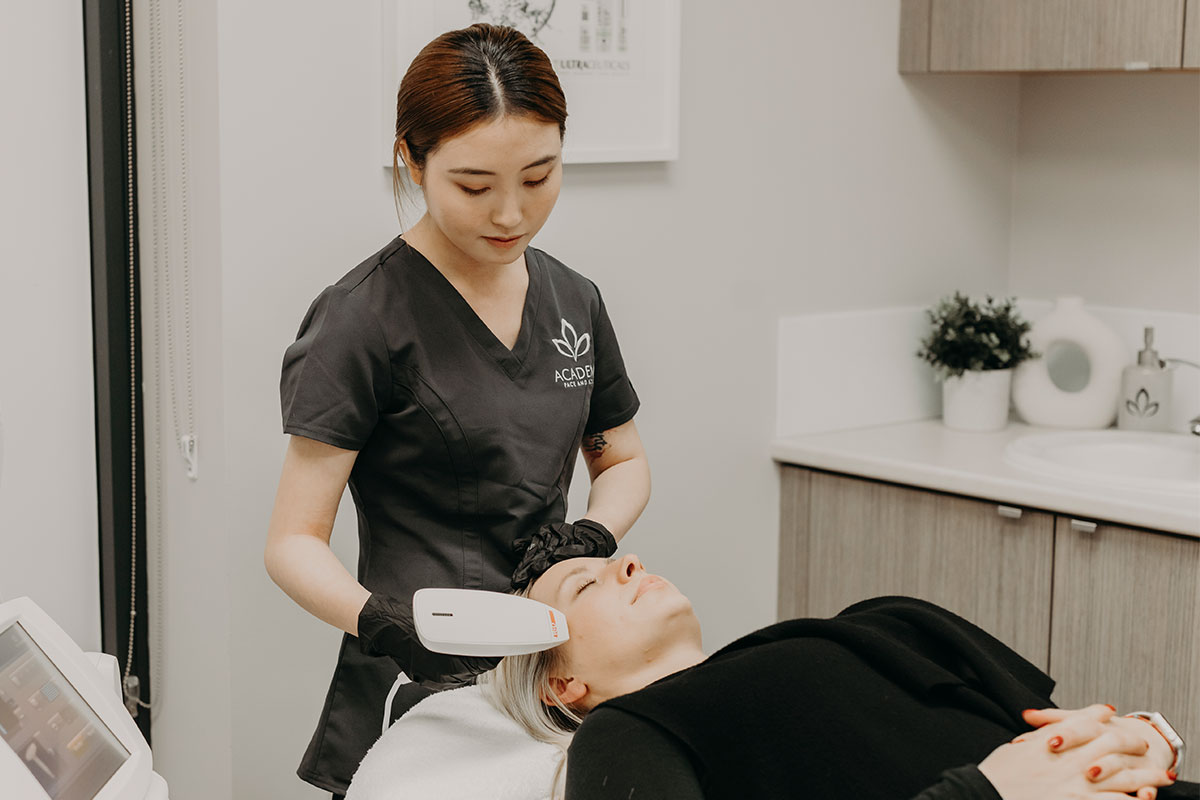
VENUS TRIBELLA REJUVENATION
VENUS TRIBELLA REJUVENATION
MORE INFO
COOLPEEL

COREPEEL
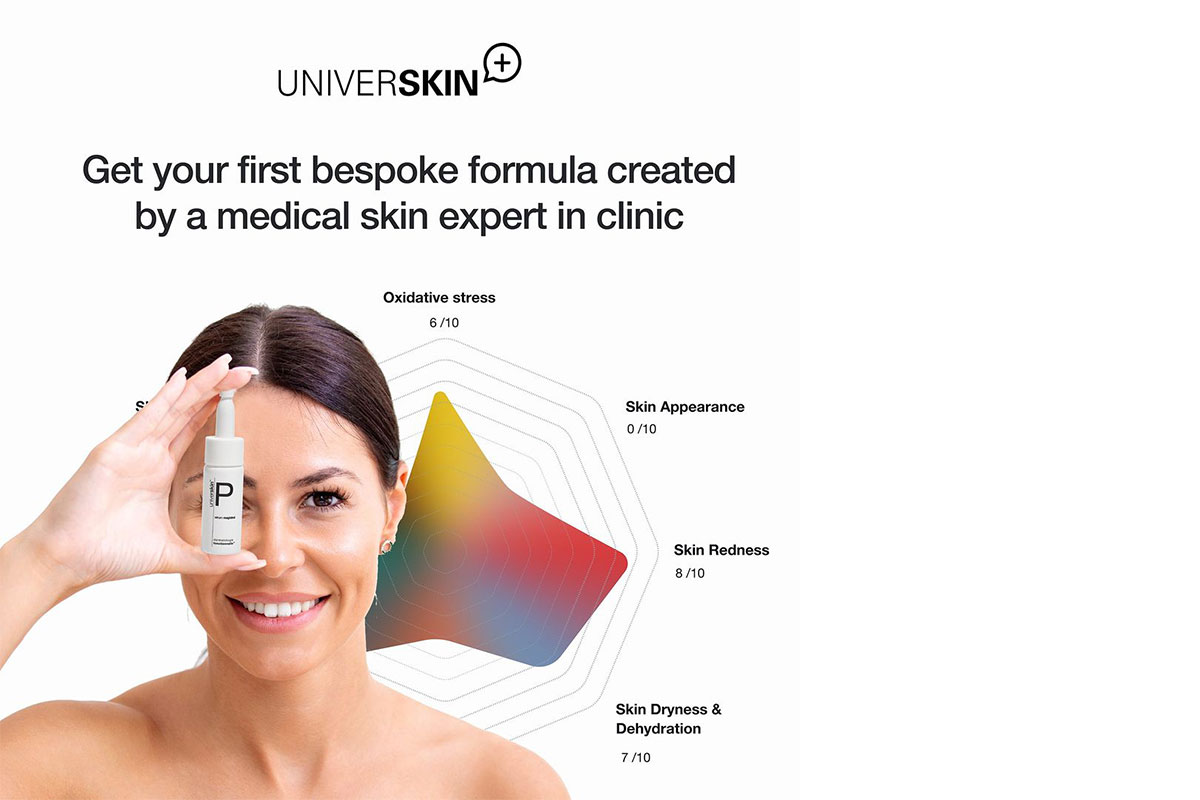
ONLINE UNIVERSKIN PRESCRIPTION
ONLINE UNIVERSKIN PRESCRIPTION
MORE INFOFrequently Asked
Questions
Pores & Uneven Texture
Uneven texture can be due to dead skin cells build up, dehydration, sun damage, acne scars, and ageing. It can also result from not exfoliating regularly or using harsh skincare products.
While you can’t permanently change your pore size, you can minimise their appearance through proper skincare, treatments like clinical peels or laser therapy, and maintaining a healthy skincare routine.
Avoid using harsh cleansers, over-exfoliating, picking at the skin, and using comedogenic makeup products. Sun exposure without protection can also worsen texture and pore appearance.
Discover more
TREATMENTS
SKIN
Enquire Now
Connect with us for personalised assistance and support across our comprehensive range of services.
Leave us a message and we will get back to you as soon as possible.
For appointment changes, please call the clinic.

Schedule a consultation
consultation
If I am interested in cosmetic surgery, what now?
Your first step is an initial consultation with Dr Oates. During the consultation process, patients have the opportunity to gain a better understanding of the procedure, potential risks, post operative recovery and possible outcomes.
In accordance with AHPRA guidelines, we require all surgical patients, both medical and cosmetic, to obtain a GP referral before their consultation.
Complimentary Consultations
If you would prefer to explore our non-surgical aesthetic and dermal therapy treatments, we welcome you to schedule a complimentary consultation with one of our Dermal Therapists or Registered Nurses.

